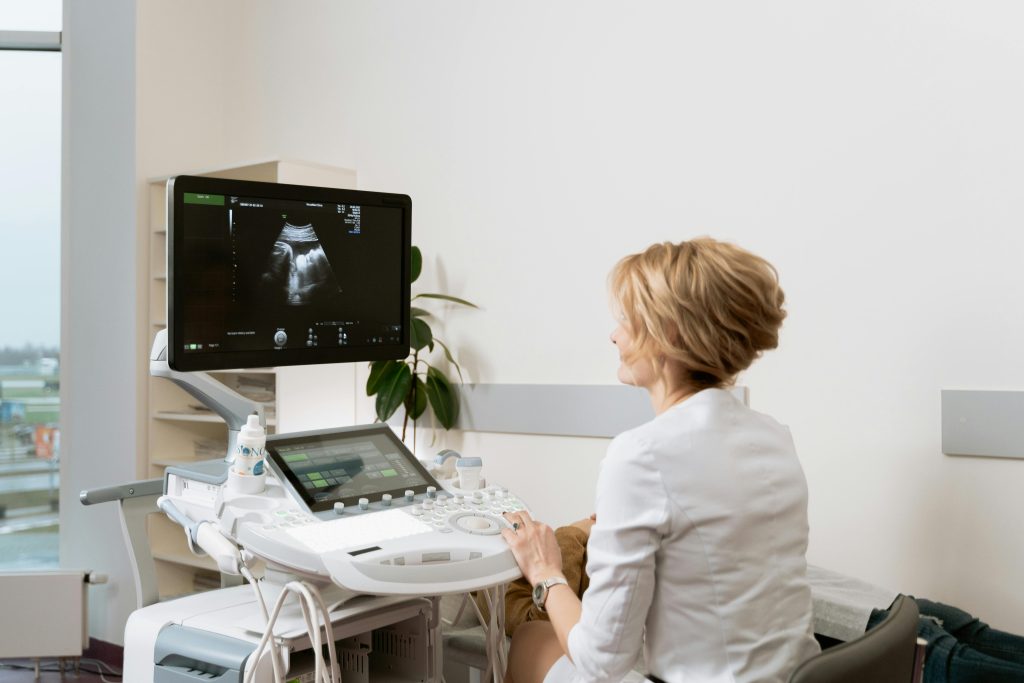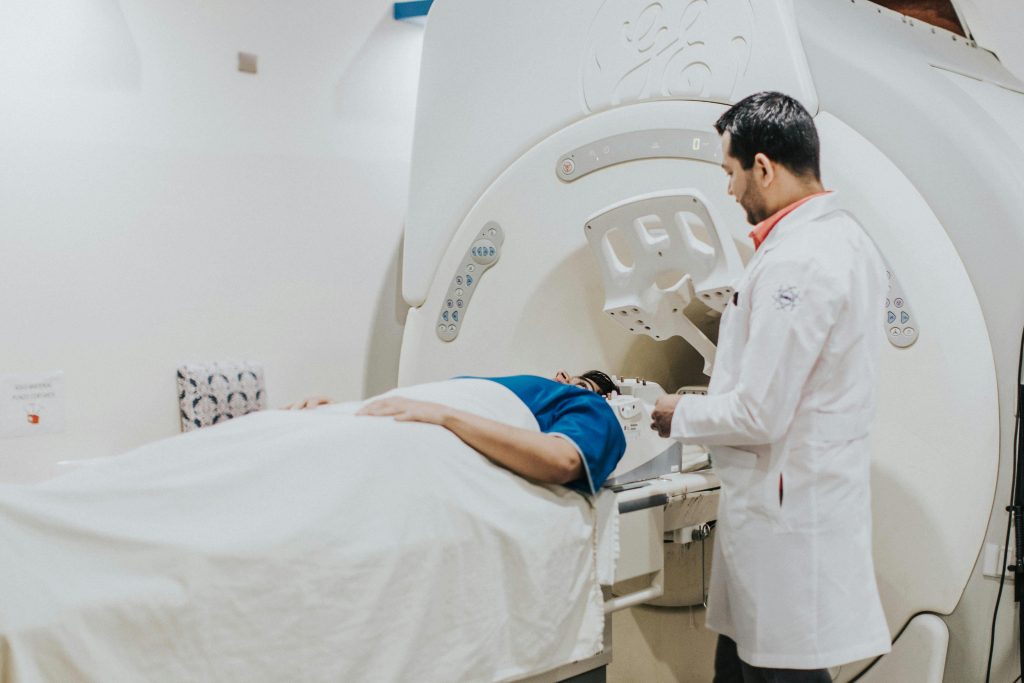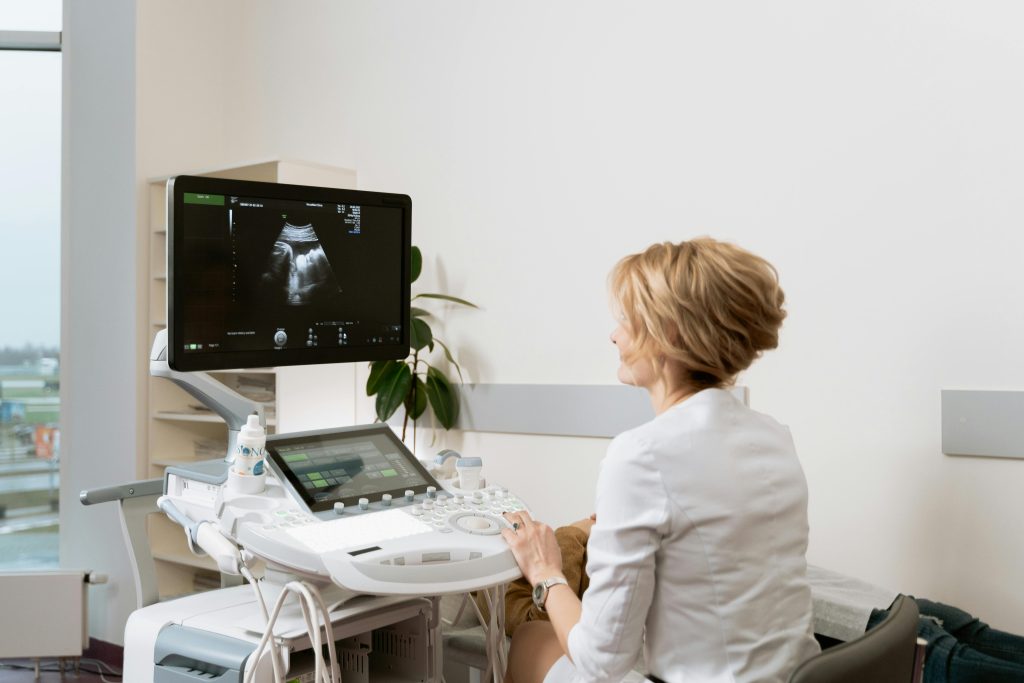Introduction
The body scan is a foundational mindfulness practice that brings gentle, non-judgmental awareness to every part of your body—from the tips of your toes to the crown of your head. Unlike more active meditation techniques, the body scan invites you to lie down or sit comfortably and systematically “scan” through physical sensations, releasing tension and reconnecting with the present moment. Used by therapists, coaches, and wellness enthusiasts worldwide, this technique can reduce stress, relieve chronic pain, and improve sleep quality. In this post, you’ll learn what the body scan is, why it works, and a simple, step-by-step guide to incorporating it into your daily routine—no prior meditation experience required.

What Is the Body Scan Technique?
Origins and Purpose
- Roots in Mindfulness-Based Stress Reduction (MBSR): Developed by Jon Kabat-Zinn in the late 1970s, the body scan is a core practice in MBSR programs.
- Mind–Body Connection: It cultivates awareness of sensations (tingling, warmth, tension) and emotional responses tied to those sensations.
- Non-Reacting Observation: Instead of trying to change what you feel, you simply notice and allow sensations to be as they are.
Key Benefits
- Stress Reduction: Lowers cortisol levels and activates the relaxation response.
- Pain Management: Helps people with chronic pain distinguish between sensation and suffering.
- Improved Sleep: Calms the nervous system, making it easier to drift off.
- Enhanced Body Awareness: Builds sensitivity to early signs of tension or discomfort, supporting preventive self-care.
How to Practice a Body Scan
Follow these steps for a 20–30-minute body scan. If you’re short on time, you can shorten each section to just 30 seconds.
1. Find a Comfortable Position
- Lie Down on your back with legs extended and arms resting softly at your sides, palms facing up.
- Alternatively, Sit upright in a chair with your feet flat on the floor and hands resting gently in your lap.
- Eyes Closed or softly gazing downward to minimize distractions.
2. Anchor in the Breath
- Take 3–5 slow, deep breaths, noticing the rise and fall of your abdomen or chest.
- Let your inhales and exhales be natural—no need to force depth.

3. Bring Attention to Your Feet
- Sense Contact: Notice where your heels, soles, and toes touch the floor or mat.
- Scan Sensations: Observe any tingling, warmth, pressure, or absence of feeling.
- Hold for 1–2 Minutes before moving on.
4. Move Up the Legs
- Ankles & Calves: Acknowledge any tightness or ease.
- Knees: Sense the front, back, and sides.
- Thighs & Hips: Notice weight, tension, or openness.
Tip: If your mind wanders, gently guide it back to the body part you’re scanning—no judgment.
5. Center on the Torso
- Lower Back & Abdomen: Feel expansion on the inhale and softening on the exhale.
- Chest & Heart Space: Notice heartbeat or subtle movement.
- Upper Back & Shoulders: Acknowledge any habitual tension or release.
6. Focus on the Arms and Hands
- Shoulders to Elbows: Observe weight and any tightness.
- Forearms & Wrists: Sense subtle pulses or relaxation.
- Hands & Fingers: Notice fingertips, palms, and backs of hands.
7. Attend to the Neck and Head
- Neck & Throat: Observe ease of breathing and any stiffness.
- Jaw & Mouth: Check for clenching or relaxation.
- Face & Scalp: Notice the forehead, eyes, cheeks, and top of your head.

8. Whole-Body Awareness
- Expand Your Attention: Feel your body as a unified whole—weight, contact, and aliveness.
- Rest Here for several breaths, soaking in any sense of wholeness or calm.
9. Gently Conclude
- Wiggle your fingers and toes.
- Stretch your arms overhead or hug your knees to your chest.
- When you’re ready, open your eyes and take a moment before resuming activity.
Tips for a Successful Body Scan
- Use Guided Recordings: Especially helpful for beginners—many free MBSR or meditation apps offer body-scan audio.
- Practice Consistently: Aim for daily or at least 3–4 times per week to build your mindfulness “muscle.”
- Honor Discomfort: If pain arises, observe it as a sensation, not a problem to fix.
- Shorten as Needed: Even a 5-minute mini-scan (feet to knees) can be restorative.
- Pair With Journaling: After the scan, jot down any insights or persistent tension patterns.

Conclusion
The body scan is a versatile, accessible mindfulness practice that fosters deep relaxation, heightened body awareness, and resilience to stress. By systematically bringing attention to each part of your body—without trying to change what you feel—you build a compassionate relationship with your physical and emotional experience. Whether you carve out 30 minutes or just 5, regular body-scan practice can become a powerful anchor amid life’s busyness. Ready to start? Find a quiet space, press play on a guided recording (or set a timer), and scan your way to greater calm and presence.



